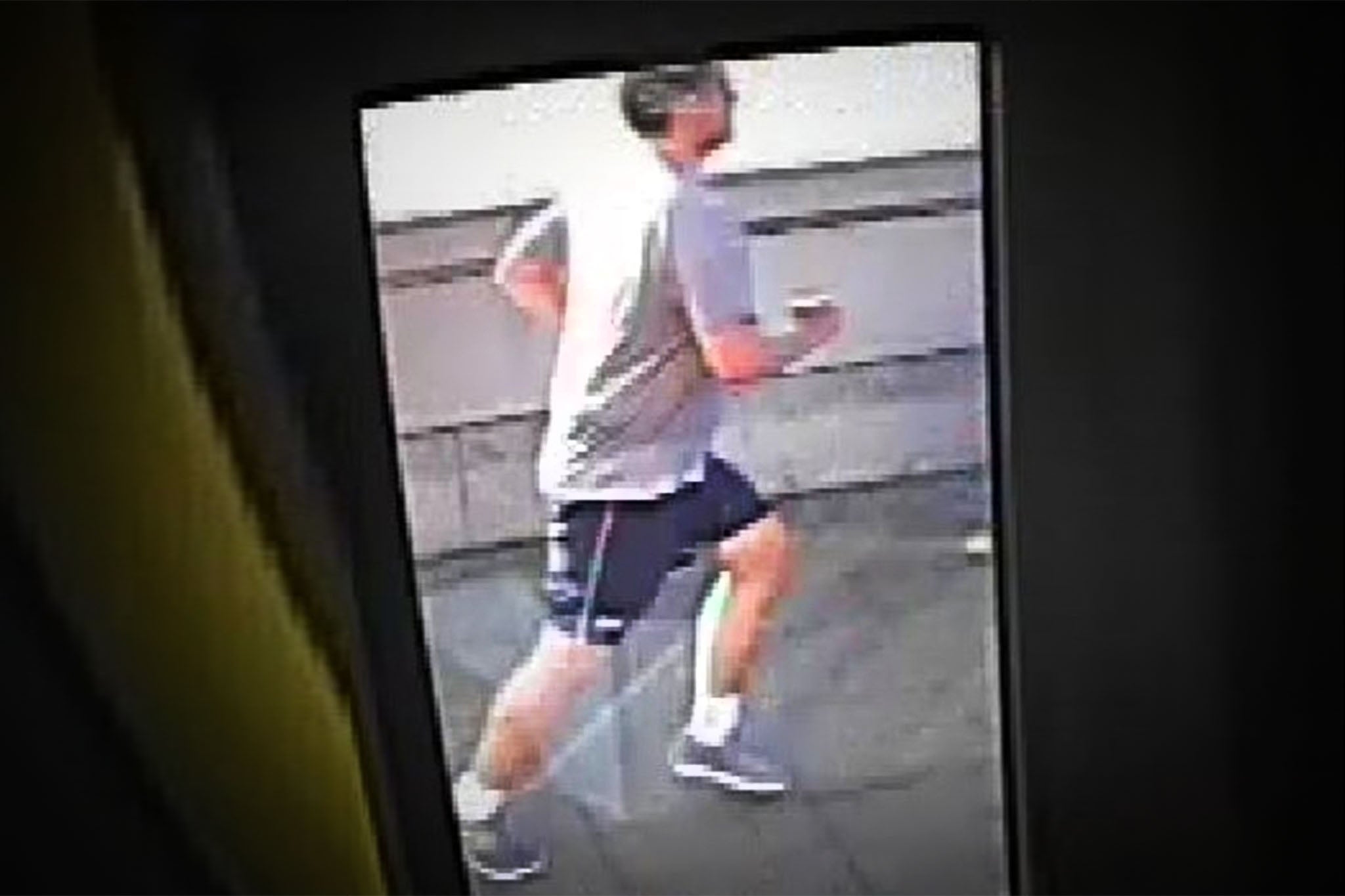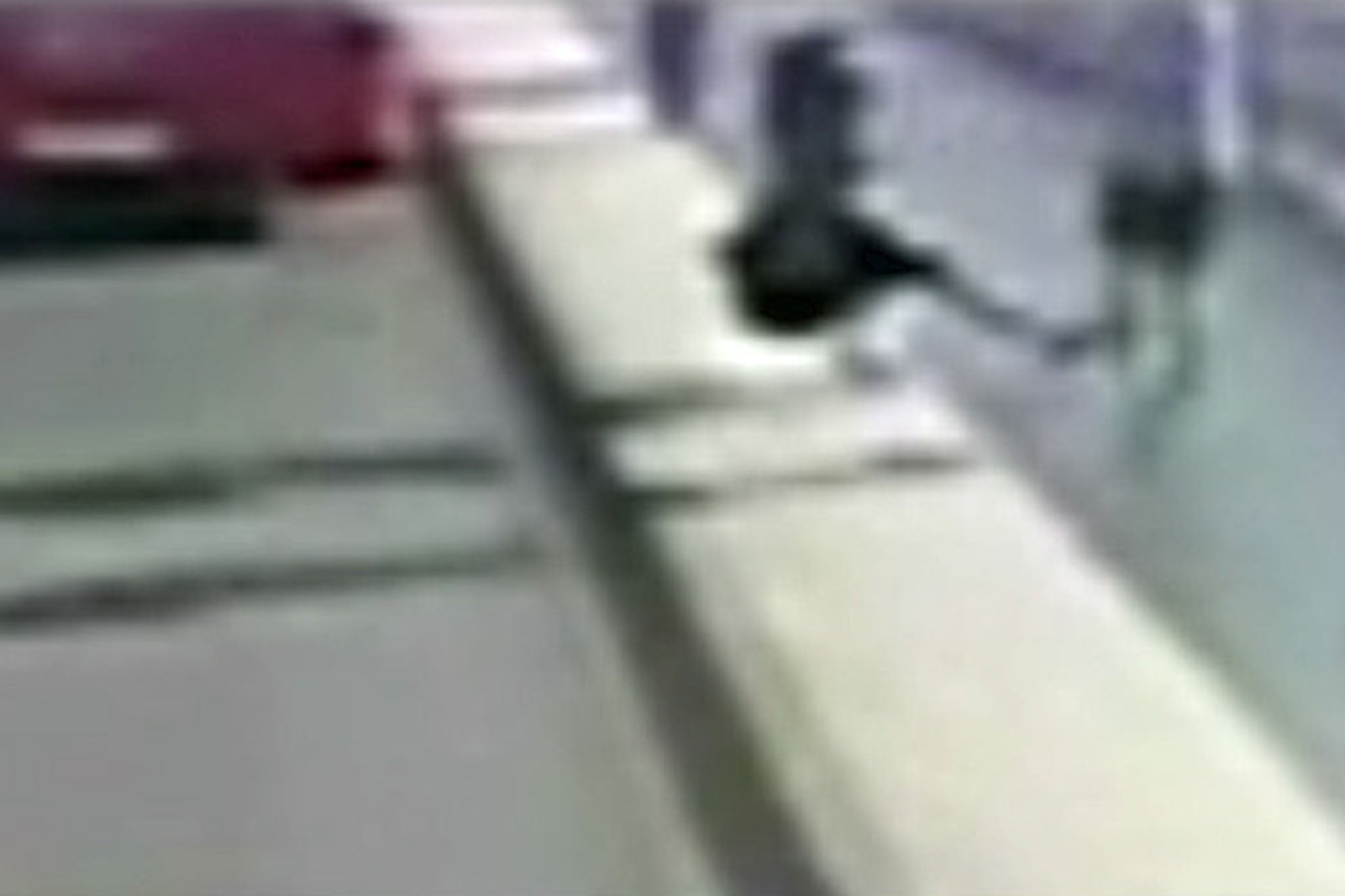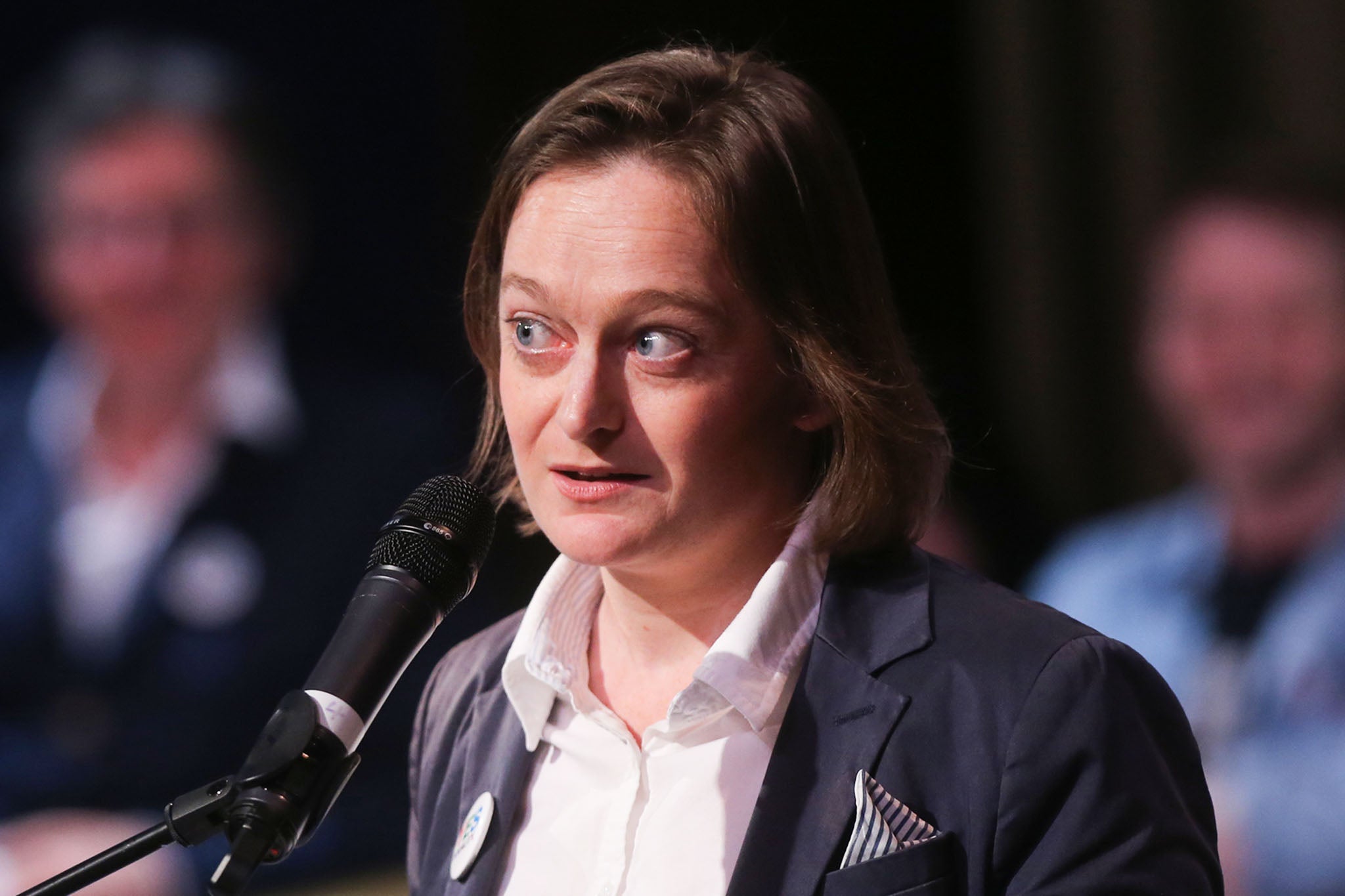Could my play solve the mystery of the jogger who randomly and violently pushed a woman in front of a bus?
Six years after CCTV of a runner shoving a stranger into the path of an oncoming vehicle was released, the unsolved ‘Putney Pusher’ case continues to haunt imaginations. It’s a case playwright Sonya Kelly has never forgotten, and here she explains what she’s discovered about the case since writing a play about it...

In August 2017, the Metropolitan Police released CCTV footage of a busy bridge in southwest London. A man is jogging adjacent to a bus lane, where a red double-decker is slowly advancing.
Seconds later, a woman also crosses paths with the jogger, and seemingly out of nowhere, he pushes her. She falls towards the road and the bus driver swerves, narrowly missing her head as she collides with the pavement.
For one second, their legs are ever so slightly entangled, making it look as though they’re dancing. The jogger carries on. He never looked back.
The incident happened on Putney Bridge at 7.40am on 5 May 2017, a few months before the police released the footage. The mystery of the “Putney Pusher” remains unsolved to this day.
There was no reasoning behind it – no tangible clues, no build-up or explanation – just grainy CCTV footage of one arbitrary act of violence.
At the time, I watched the footage over and over again. Like everyone else, I looked for a rationale. Everybody becomes an amateur sleuth in these moments where they think, maybe I’m the one that could unlock the puzzle of this?
The news travelled around the world and was talked about for weeks. When you look at the footage, it’s such an incredulous act of unchecked aggression that everybody felt that they needed to say something about it.
I found it shocking. Particularly when you see that the jogger knew they would hit each other if he didn’t step to the side, and he still made the decision not to move.
He knew that she’d fallen. But he didn’t look back. Why? Was it planned, or even purposeful?
Quickly, this one act came to matter so much, to so many people all over the world, that those three seconds sparked a national debate on gender, race, class and privilege.
It’s the latter that inspired my play, Once Upon a Bridge, which opens at OSO Arts Centre in Barnes – minutes away from where the incident occurred. The play is a product of years of periodically thinking about this incident.

I spent weeks checking to see if there was any outcome, but there never was. Along the way, the bus driver, the only witness, gave interviews to newspapers and TV shows.
A couple of innocent men’s lives were ruined by mistakenly being identified as the Putney Pusher. The woman’s identity was never revealed.
Then lockdown arrived. Suddenly, everybody had to become very careful and cautious about the spaces between us. A whole new culture of consideration and how we negotiate with each other through public spaces evolved.
When a theatre company from Ireland, Druid, asked me to do a small commission on this new consciousness, I knew it would be about the Putney Pusher.
This is a story that has never left my thoughts because it is about the tiny pieces of pavement we all share – in this circumstance, one person feels more entitled to occupy that space than another, and in a strange way, it speaks to the relationship between territory and conflict.
I started imagining what these characters – the woman, the jogger and the bus driver – believed, who they were, what their day was going to be like and what the consequences of that collision might be. I put myself in their world. When I look at that footage, I know that if the jogger were my cousin, I would recognise him. If he was my husband or my boyfriend, I’d know it was him. Was he married? Did his wife or girlfriend ever see it? If so, what did she say to him when he came home?
When the bus driver came forward after the police investigation, he ended up on Good Morning Britain. His response to the potential ripple effect of what would have happened to his own life if he had hit that woman chilled me to the bone – he said that he would have gone home to his two daughters and they would have met a different father.
I thought about his job and watched a documentary about bus drivers who have a duty to not just be their own eyes, but to be the eyes of the public, too. One bus driver lost his licence because he didn’t see someone not looking in the right direction.
Vigilance is a privilege – you can be a jogger, running across a bridge and decide not to see someone and barrel through them and face no consequences or you can be a bus driver.
Time and time again, I came back to the one second in the footage of that morning, where the woman’s feet are ever so fleetingly entangled with the jogger and it looks as though they are dancing
I’d think about myself as the woman walking across the bridge towards him. If you look at her stride, she’s walking with purpose and confidence. Did he take exception to the look of purpose on her face?
The bus driver said that he hit her like “a rugby man”. He wondered, did he have a fight with his wife that morning? In the jogger’s mind, was he looking for a way to let out his rage sufficiently to carry on with his day? Maybe she was the only woman available at that moment.
Theories, conspiracies and questions surrounding the Putney Pusher still persist, and no one has ever come close to arriving at an explanation for it, which is perhaps what maintains the fascination. Some people think he’s a spy, some think he’s a royal. I never came to any conclusions while writing the play.
All three characters have their own stories of searching for and conquering their own identity – or, to make it. The woman I imagined as Irish, inspired by my own roots coming from Blackrock, near Dublin, and masking my accent to avoid structural prejudice and crushing this post-colonial element throughout the play.
I have no interest in ever discovering who she really is. I understand why she would have wanted for her name to be kept out of an investigation – I don’t know what would have befallen her. The bus driver is based on the driver I saw lose his licence.

The jogger had a couple of different trajectories – one where he had a sense of consciousness about his own culpability. Then one night, when we were filming the play for a livestream, the brilliant actor playing the jogger knocked on my door at the eleventh hour. “What if he just lost everything?” he asked.
I pulled an all-nighter and, without giving away too much of the play, came to an alternate ending, one in which he still has no insight into his own behaviour. Which really is the point of the play – our perspectives, and whether we can change them. It’s not an investigation to find the man who went running one day, but a plea for a better world.
We all experience these moments that change the trajectory of our lives – there are people we smack into in the street that become stories at dinner parties, or the cousin’s, cousin’s friend we meet by chance at a wedding and fall in love with.
Time and time again, I came back to the one second in the footage of that morning, where the woman’s feet are ever so fleetingly entangled with the jogger and it looks as though they are dancing.
It almost looks like what is happening isn’t happening. The point is, there is always an alternate reality.
There was a whole system at play the day the Putney Pusher came into the headlines and made us look at the world differently. It’s thrilling and strange seeing the headlines over the last week that say my play might help finally solve the case – but that's really not the point.
And personally, I think if this person hasn't been discovered by now, maybe he never will be. Maybe we’ll never know who these people are, or why it happened. But we can always ask ourselves this: what if we behaved differently in one moment, one split second?
Once Upon A Bridge by Sonya Kelly will play at OSO Arts Centre from April 17-24





Join our commenting forum
Join thought-provoking conversations, follow other Independent readers and see their replies
Comments